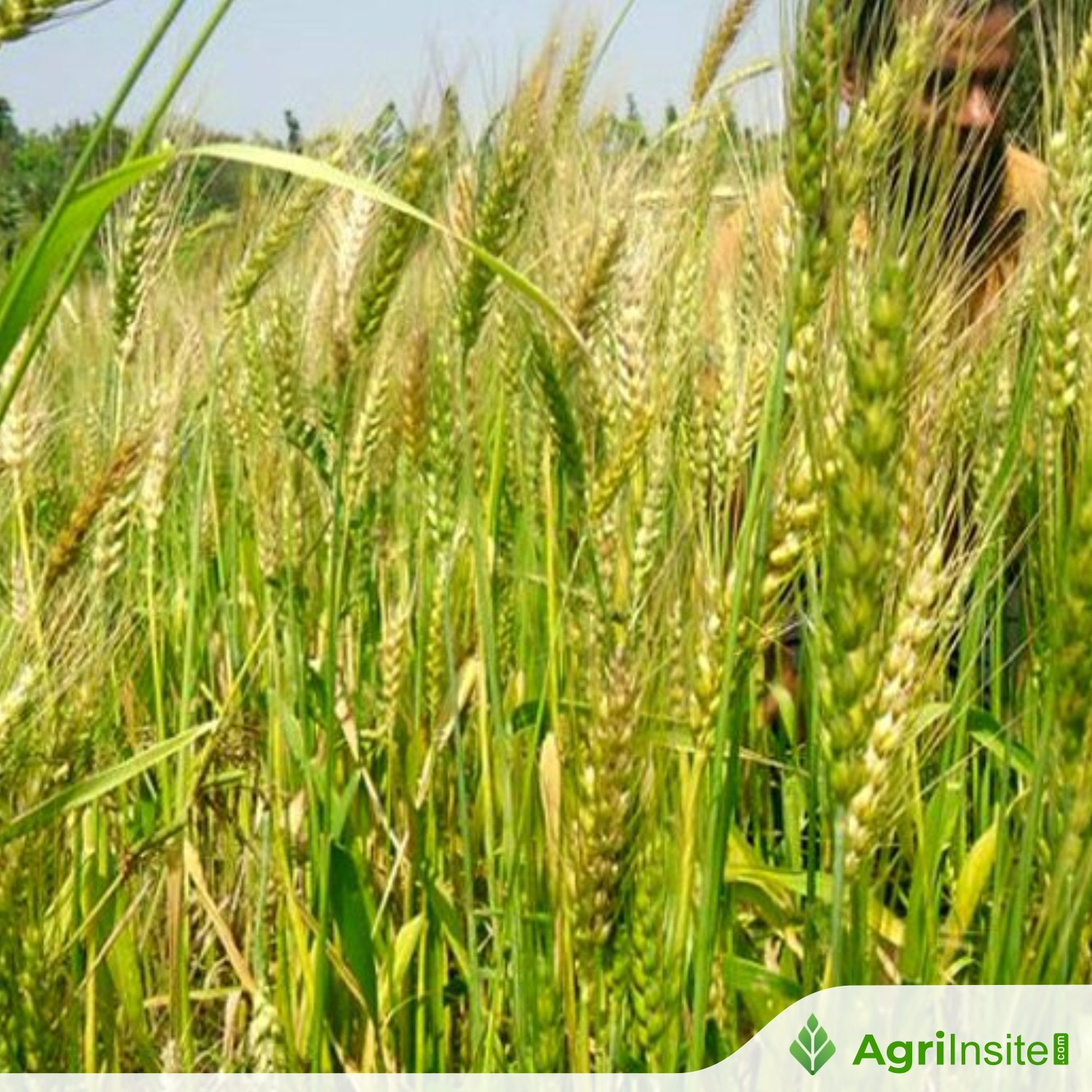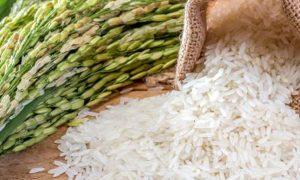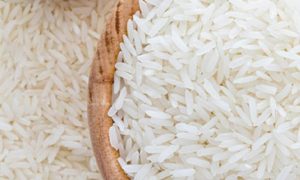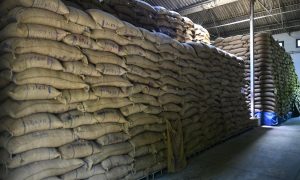West Bengal sets a record in paddy production – GetBengal story

West Bengal achieved a record-breaking 25.653 million metric tons of paddy production in 2024–25, marking a historic milestone in agriculture. Despite natural disasters, supportive government schemes and farmer resilience have restored Bengal’s status as a top rice producer. Efforts are also underway to revive lost indigenous rice varieties and enhance crop diversity.
Producing 25.653 million metric tons of paddy is not so easy! It is undoubtedly a historic milestone in agriculture. The farmers of West Bengal have reestablished Bengal’s position in paddy cultivation. The state has emerged as one of the top paddy-producing regions in the country. Statistics show that the amount of paddy cultivated by Bengal’s farmers in the year 2024–25 is unprecedented in the state’s history.
By understanding nature and toiling with great care and dedication, farmers transform the land into a lush, fertile expanse. Despite facing challenges in recent years—like Cyclone Danna and floods in several districts—government welfare schemes such as Krishak Bandhu, Bangla Shasya Bima, agricultural mechanization, land tax waivers, Sufal Bangla, and assured crop procurement have kept farmers’ spirits high. As a result, West Bengal is regaining its prestige in paddy production. Hon’ble Chief Minister Mamata Banerjee, in a post on her X handle, saluted the farmers of Bengal, stating, “Farmers are the backbone of the nation, and their contributions are incomparable.”
It is noticeable that at one time, nearly 500 varieties of indigenous rice were cultivated in Bengal. Names like Jalkamini, Jamaishal, Kabirajshal, Jhingashal, Altapati, Rupshal, Sitashal, Dnarshal, RavanShal, Bormasa, Raktashali, Khejurchhori, Tin Satin, and Phulmoti were once common across the fertile Bengal landscape. Although many of these have become extinct, government and volunteer organizations have made efforts to revive several. Experts believe that since 2011, Bengal has seen a major transformation in agricultural productivity. Cultivation of maize, pulses, oilseeds, and both indigenous and aromatic rice varieties has increased manifold, according to agricultural specialists.
To Read more about Rice News continue reading Agriinsite.com
Source : Get Bengal















